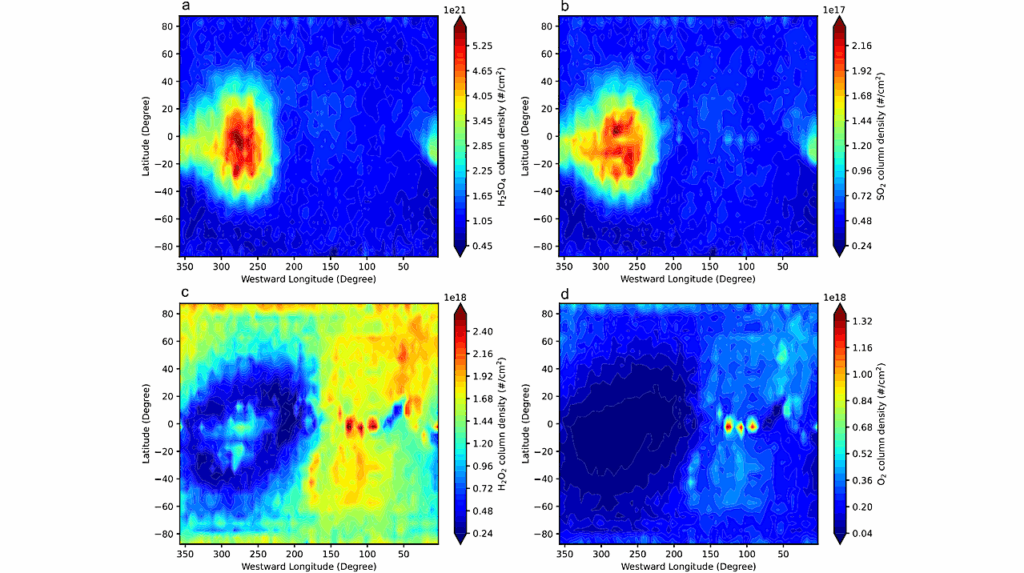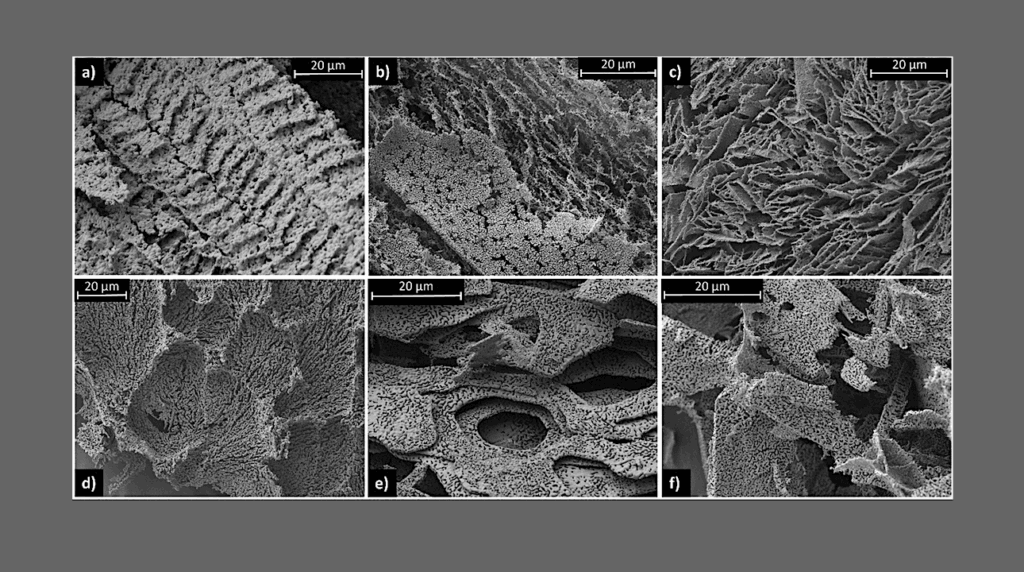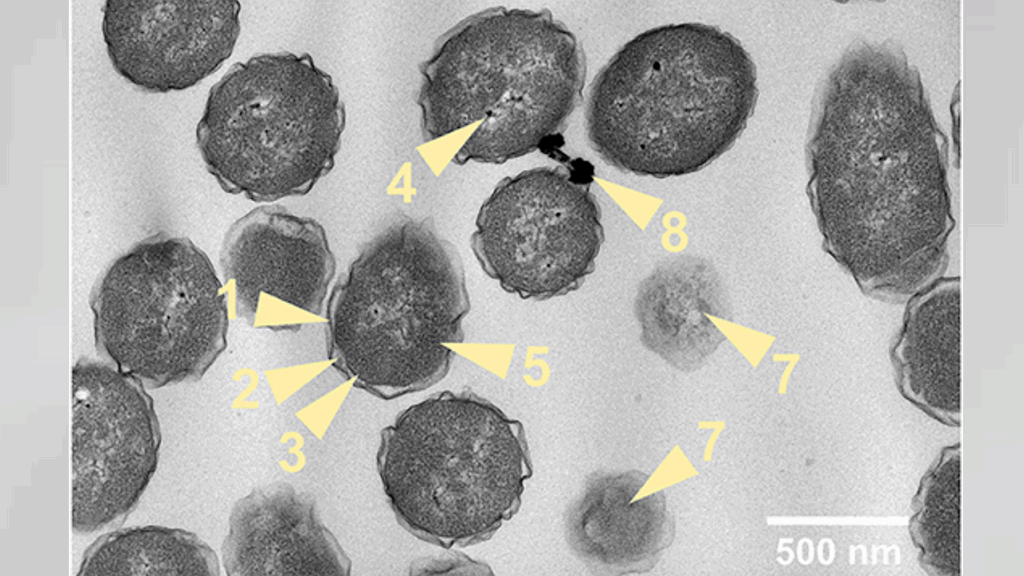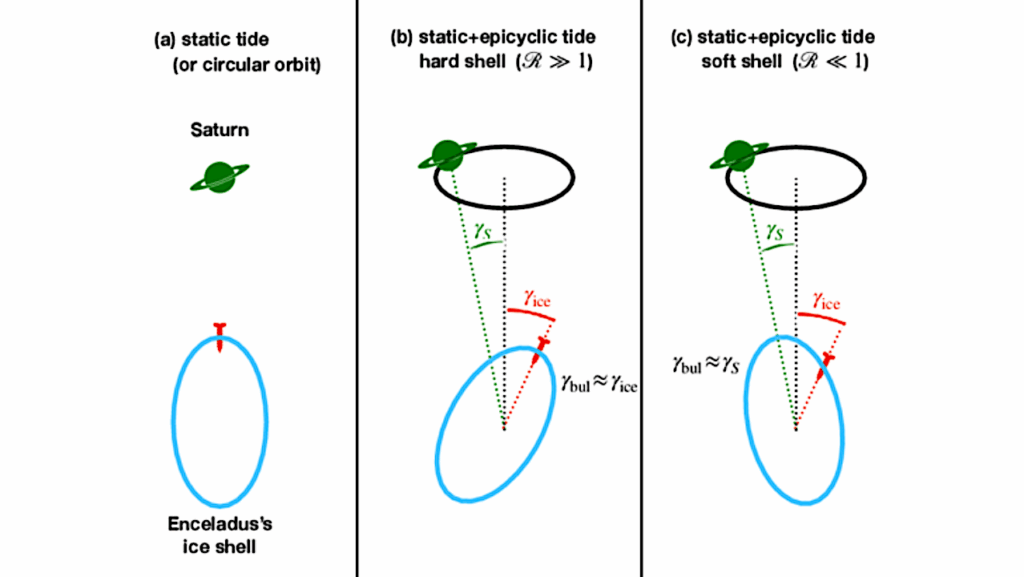A Search For Signatures Of Europa's Atmosphere And Plumes In Galileo Charged Particle Data

Remote sensing observations indicate that Europa is surrounded by a tenuous atmosphere. Furthermore, recent observations and historic data from Galileo hint at the occurrence of water vapour eruptions originating from the interior that create 200 km high plumes.
Due to the lack of adequate measurements large uncertainties exist in the properties of Europa’s atmosphere (e.g. loss rate and structure) and plumes (e.g. structure, source location, duration), of the latter one the existence is not even confirmed. Unexploited opportunities to constrain properties of the atmosphere or plumes remain in the in-situ data collected by the Galileo mission, the only mission that has surveyed Europa from close by. In this thesis, I investigate how to constrain the properties (density, scale height) of Europa’s tenuous atmosphere and plumes, using data from the Galileo in-situ particle detector instruments (PLS, EPD). I simulate the depletion of energetic protons and oxygen ions measured during the E12 flyby. A Monte Carlo particle tracing method is used to simulate the particle trajectories and determine where they are depleted: at the surface or in the atmosphere.
The simulations show that the depletions of energetic ions observed in the range 80 to 540 keV can be explained by charge exchange with neutral atmospheric particles, but not by impact on the surface alone. This suggests that an atmosphere must have been present during the E12 flyby. The simulations best represent the sublimated component of the atmosphere and favour higher surface densities than the literature, but are not sensitive to the scale height. Furthermore, an additional depletion is visible very briefly in the energetic protons with energies from 540 to 1040 keV. This feature could be consistent with localized losses from a Europa plume, although such a solution is not unique.
Hans Leo Frans Huybrighs
(Submitted on 28 Dec 2018)
Comments: PhD thesis, 167 pages
Subjects: Space Physics (physics.space-ph); Earth and Planetary Astrophysics (astro-ph.EP)
Cite as: arXiv:1812.11215 [physics.space-ph] (or arXiv:1812.11215v1 [physics.space-ph] for this version)
Submission history
From: Hans Huybrighs
[v1] Fri, 28 Dec 2018 20:59:42 UTC (18,597 KB)
https://arxiv.org/abs/1812.11215
Astrobiology








